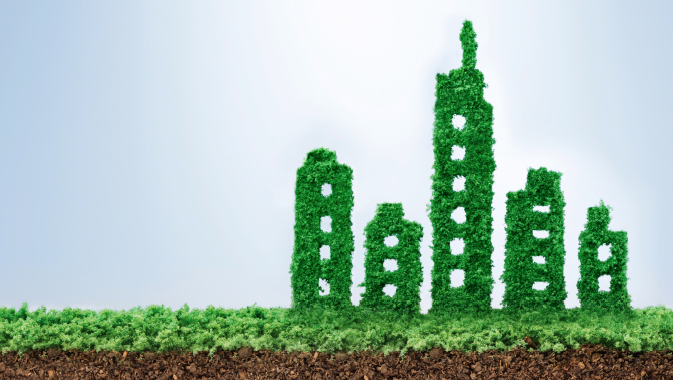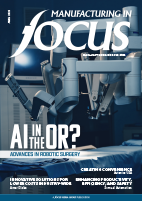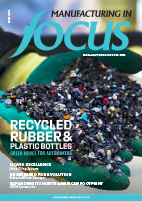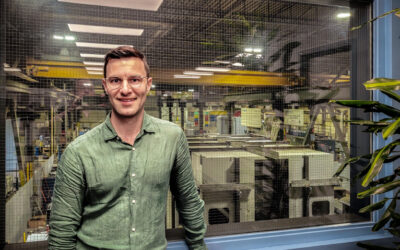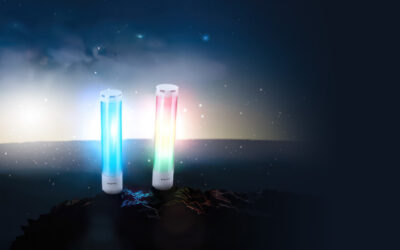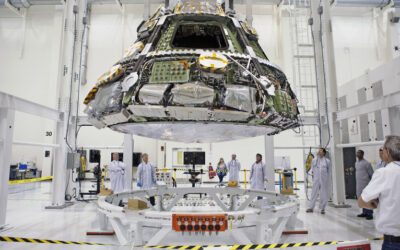As consumers, businesses, and governments begin to reconsider our century-long dependence on fossil fuels and other unsustainable practices, many companies are considering – or even outright embracing – eco-friendly business policies…
~
This trend comes as no surprise given today’s market: environmental inefficiency prevents businesses from staying competitive and up-to-date, it costs companies more money in the long-term, and it is frowned upon by an increasingly green-conscious consumer base.
Information from a 2017 international study conducted by Unilever, a multinational personal care product powerhouse, shows us that one third of customers today are buying products from brands they believe are doing social or environmental good. With sustainability on the minds of so many consumers, corporate adoption of green practices is not only beneficial for the planet, but also a business’ bottom line.
Traditionally, because of their lack of biodegradability, plastics have been thought of as an inherently un-environmental product. However, many forward-thinking manufacturers have been coming up with innovative ways to reduce their carbon footprint within this sector, whether through improving production processes, increasing biodegradability, or implementing new recycling programs.
First of all, there are a number of different ways to boost the eco score of the finished product itself. These include adding “weak sites” to the plastic’s polymer chains so they break down more easily, adding a metallic salt such as copper, iron, or manganese to the chains, or using PLA – also known as polylactic acid or (C3H4O2)n, a bioplastic made from renewable plant-based resources such as corn starch or sugar cane. PLA is a commonly used plastic in the 3D printing industry.
According to the engineering firm Creative Mechanisms, a huge benefit of PLA is its natural degradation when exposed to the environment. A PLA bottle left in the ocean would degrade in six to 24 months. This seems long, until we compare that figure to conventional plastics, which can take hundreds or thousands of years to degrade.
There are also different recycling methods that manufacturing facilities can even adopt onsite. Plastics can be reprocessed by physically melting or reshaping them, they can be depolymerised back to their component monomers in order to be polymerized again, they can be transformed into lower quality substances, or they can be burned for their energy value.
Note that there is no simple, one-size-fits-all solution for a plant. While recycling plastics is a desirable solution because it prevents them from either taking up unnecessary space in landfills or being incinerated – which can release harmful toxins – many recycled plastics end up stockpiled because there is no current use for them, and burning them can also provide a valuable source of fuel as long as any harmful emissions are captured. Additionally, recycled plastics will always be of a lower grade, and must be used accordingly. But as long as the technique is performed carefully and responsibly, any method that diverts plastic from landfills is beneficial, whether the product is reused for its material or for fuel.
The ways that the plastics are manufactured in the first place is another area where businesses are looking for improvements. Nowadays, most facilities aren’t powered sustainably. Fossil fuels – namely oil, gas, and coal – are non-renewable resources that account for over 80 percent of U.S. energy consumption. Comprising mostly carbon and hydrogen, fossil fuels release carbon dioxide (CO2) into the environment when burned with oxygen (O2) for their energy. Without the presence of oxygen, the chemicals will not burn.
For instance, the burning of methane (CH4, present in natural gas), or carbon (present in coal) will release carbon dioxide via simple combustion reactions with oxygen. Moreover, due to its sulphur content, the burning of coal is a major contributor to acid rain.
Given this information, using more sustainable energy sources is a sure-fire way for any manufacturer to lower its carbon footprint. Manufacturers must ask themselves how they are sourcing their energy, and whether there are cleaner ways to keep their businesses running smoothly.
The largest renewable electricity source in the world, hydroelectric power captures the energy of water movement and transforms it into electricity for human use. Solar panels capture the energy of the sun, and wind turbines capitalize on the weather. Geothermal energy and biomass are also currently gaining traction.
The Climate Reality Project, a non-profit founded by Al Gore, mentions that in 2015 the semiconductor manufacturing giant known as Intel installed a micro-turbine array on the roof of its Santa Clara headquarters. It was the largest of its kind in the U.S. at the time. Intel has also added onsite solar plants to some of its facilities, and is number two in the Environmental Protection Agency’s (EPA) Green Partner Partnership National Top 100 list. (Microsoft is number one.)
Apple, at number six on the list, has a comprehensive corporate climate change plan. It has mapped its carbon footprint and is working to eliminate it. It has joined the RE100 initiative, a global initiative for businesses committed to using 100 percent renewable electricity. It seems ambitious in today’s market, but many companies are working to make this their reality.
Though hydro is the world’s most popular alternative energy source, solar energy is also a notable contender. The Solar Energy Industries Association’s (SEIA) 2016 Solar Means Business Report showed that top U.S. businesses (including Walmart, Target, and Apple) have increased their solar capacity by 240 percent since 2012. SEIA’s interim President, Tom Kimbis, was quoted as saying that this has generated “enough clean electricity to offset more than 1.1 million metric tons of harmful carbon emissions a year.” It has also created thousands of jobs for Americans in the clean energy sector, a much healthier environment (pun intended) than working in coal plants, which have been noted to cause a range of health issues.
Anoosheh Oskouian, President and CEO of Ship & Shore Environmental, runs one of many companies offering pollution abatement equipment to manufacturers. She has told Manufacturing.net that while “solar panels might not be able to power the whole plant… they might be helpful in lighting the office space… By doing a proper energy assessment walkthrough, manufacturers can find out what is feasible and what isn’t.”
Of course, there are also ways to mitigate the effects of burning fossil fuels. Oskouian mentions that the less energy used in your operational costs, the better for your carbon footprint. An advocate of pollution capture as being good for business, she stated that pollutants have innate heating value as they are all hydrocarbons. Moreover, capturing them removes health risks posed to those working in the facility.
“By installing equipment within the manufacturing facility or right outside, we capture all and get rid of over 95 percent of it. Therefore, the facility’s emissions are about 5 percent of what they would be putting out without this pollution remediation equipment,” she continued.
A truly holistic corporate environmental plan must consider all these different aspects of a product’s manufacture. This can be done using lifecycle assessments. A lifecycle assessment (LCA) is a cradle-to-grave analysis that identifies a product’s environmental impacts. It includes the toxicity of the product, the CO2 emissions involved in its manufacture, its packaging, transport, use, and even its end-of-life disposal.
An LCA has two main purposes: to identify opportunities to minimize a given product’s environmental burden, and to compare two or more products to determine which one is truly the most eco-friendly. The end result is surprisingly complex. For instance, reusable diapers may naturally seem more environmental than their plastic counterparts, but what if the end user is consuming too much energy and water to wash and dry them?
The Guardian reveals that multinationals like Unilever have embraced LCAs as part of a public commitment to understand the environmental impacts of its products. Meanwhile, AirDye Solutions has used LCAs to raise investment capital, and even as a marketing tool for its innovative textile dyeing process. Stonyfield Farm, a dairy business, has commissioned LCAs to help it select packaging systems. One particular study even guided it toward a bioplastic material that resulted in 48 percent fewer greenhouse gas emissions at no additional cost.
Companies interested in investing in renewable energy or upgrading their current facilities to be more “lean” should search for possible grants or incentives for which they may qualify, and consider partnering with a business that specializes in environmental management. While everyone may not yet be ready to join the RE100, any sort of eco-friendly policy implementation is a step in the right direction as businesses work together to create a greener, more prosperous world.

